Monumental property stuff ups of the decade
From buyer’s remorse so big it hit every taxpayer in the state, to starting a food fight that swept the nation — this might be a decade some Victorians and property pundits would rather forget.
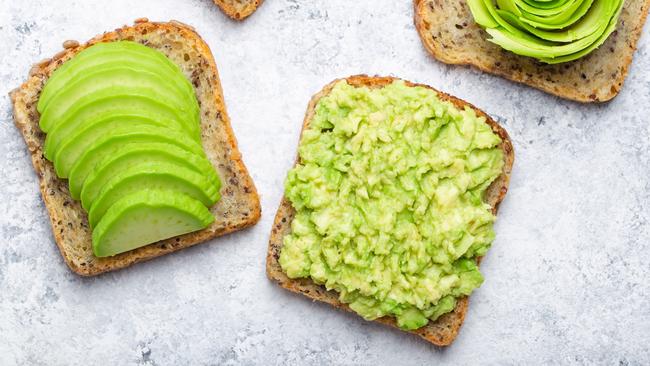
Ten years is a long time. We’ve changed a lot, and so has the real estate landscape.
The 2010s has provided its fair share of regrettable moments, so as we come to the end of another decade, we look back at some of the things the industry would probably rather forget.
RELATED: Melbourne property to recover by September: Moody’s Analytics
Melbourne’s bulletproof markets for home sellers revealed by CoreLogic
8 mistakes that first-home buyers make, and how to avoid them

EXTREME BUYERS REMORSE
There were a few contenders for the most impressive case of buyers remorse this decade.
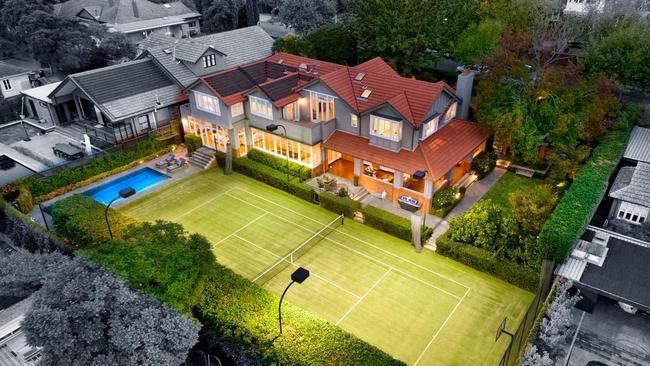
Back in May 2018, the $9 million sale of 4 Fairview Grove, Glen Iris raised eyebrows as it smashed a longstanding $6.55 million record for the suburb.
Eyebrows were raised even higher earlier this year when the buyer, Steller group boss Nicholas Smedley forfeited a $900,000 deposit to pull out from the deal.
The Steller group went into receivership in July.
Meanwhile, in Toorak, a $19.1 million sale of 2 Myvore Court in 2017 proved too good to be true.
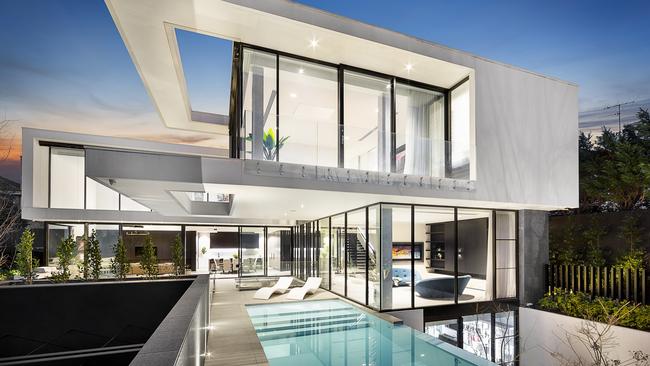
Sold close to $5 million above the top of its $13-$14.3 million range during a private auction, the result was instantly lauded as a vote of confidence for Melbourne’s top end.
But the buyer, an expatriate family, got cold feet and walked out on the deal without even paying a deposit.
It sold again later that same year, to one of the underbidders from the first auction, at a still undisclosed figure above its $13.8 million reserve price. Interestingly, it was relisted for sale in September this year with a $27-$29 million asking price, but has since ceased advertising.
However, the worst case of buyers remorse would have gone to Victorian taxpayers.
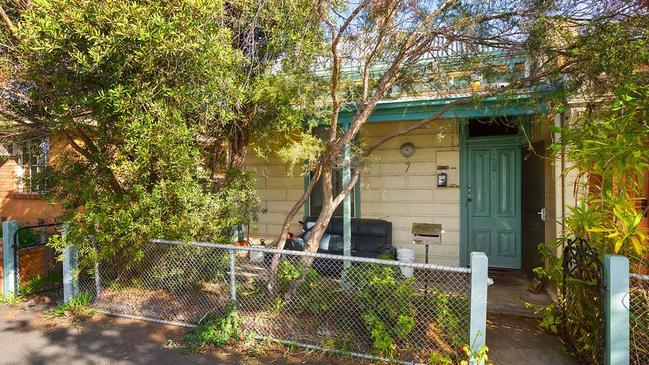
They picked up a $1.2 billion tab for the sidelined East West Link road project.
And the more than 100 homes — including an apartment building — compulsorily acquired at the behest of the Napthine state government to make way for it.
The state’s treasury finished selling the last of those homes back to the public in October this year. Ironically, one on Bendigo St was even sold under the hammer the day of the state election in May.
THE SKY IS FALLING. NO, SERIOUSLY.
US economist Harry Dent predicted the Melbourne property market would crash up to 50 per cent back in 2014.
Famed for predicting the global financial crisis, he made the call while promoting a new book he’d written.
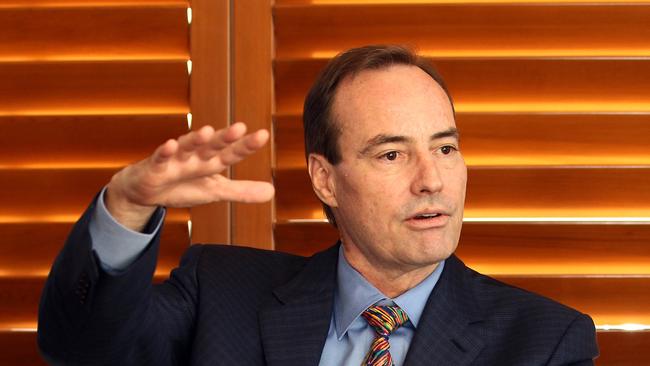
In the four years following his prediction, Melbourne’s median house price rose 30 per cent: about $165,000.
He returned in February 2018, admitted he hadn’t foreseen central banks around the world cutting cash rates to zero or negative levels, and said if he were to buy property in any developed nation it would be Australia.
But, describing the nation as “the best house in a bad neighbourhood”, argued a 30 per cent fall in prices to be driven by an international economic crisis still loomed.
As it turned out, the Melbourne property market was already in the middle of a property market correction as he made the follow-up prediction.
Dent did not mention this.
That correction has since ended, with prices already on their way back up.
All told, the market roughly fell 7 per cent, according to realestate.com.au chief economist Nerida Conisbee.
“He’s a terrible forecaster,” she said.
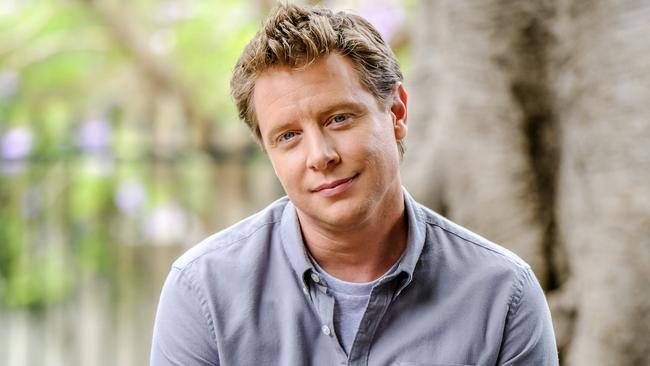
The team at 60 Minutes weren’t much better, predicting a 40 per cent wipe out for the property market in a segment titled Bricks and Slaughter in 2018 — which was quickly branded a beat-up by the Barefoot Investor.
Even financial institutions warned of reductions as high as 25 per cent, including the ANZ predicting a $1000 a week price cut, Ms Conisbee added.
“It was like an echo chamber, and no one went against it — but I was thinking ‘no, it’s not going to fall that much’,” she said.
“It got nowhere near 25 per cent.”
HOUSES OUTEARN THEIR OWNERS
In a further sign of just how far wrong doom and gloom predictions were over the past decade, many Melbourne homeowners were effectively collecting a second income.
Latest figures from realestate.com.au show Melbourne’s median house price rose from $405,000 to $715,000 in the past decade, or about $31,000 a year — which isn’t far short of the nation’s minimum wage.
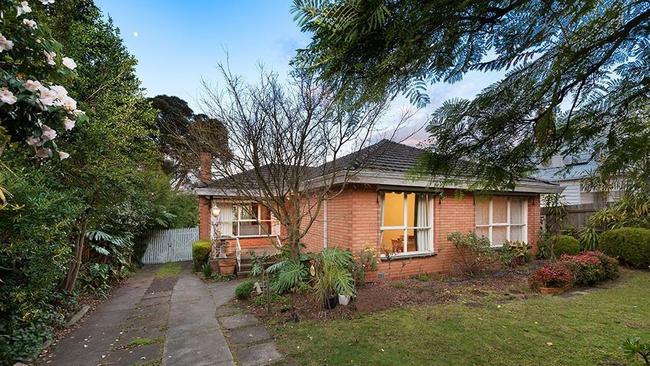
But from 2016 to 2017 it leapt from $658,888 to $750,000: a more than $90,000 leap that far exceeds the nation’s average wage.
The city’s median house earned $60,000 in 12 months a few years earlier, soaring from $560,000 to $620,000 in the year to 2015.
There were even bigger jumps at the suburban level, Ms Conisbee said.
“In some suburbs we did see time periods where there were some very big jumps in terms of the median, easily more than a personal income,” Ms Conisbee said.
In Melbourne’s leafy east the well-heeled City of Boroondara notched median house price growth of $183,000 a year — more than the nation’s average chief executive.

The Herald Sun even encountered a block of land in Diggers Rest that outearned then-prime minister Malcolm Turnbull with a $700,000 surge in just 16 months.
The extreme growth, and efforts to correct it, ultimately underpinned an about 18-month property market correction that hit Melbourne after November 2017.
SMASHED HOUSING AFFORDABILITY
While Melbourne homeowners were thrilled with soaring values, first-home buyers were less impressed — arguing they were being priced out of the market.
In 2016, Camberwell resident and demographer Bernard Salt pushed back with a tongue-in-cheek column in The Australian in which he lamented seeing “young people order smashed avocado with crumbed feta on five-grain toasted bread at $22 a pop and more”.

Millionaire developer Tim Gurner followed up on 60 Minutes in 2017, pointing out when he bought his first home he wasn’t “buying smashed avocado for 19 bucks and four coffees at $4 each”.
Smashed avocado quickly became synonymous with housing affordability, and made Australia a “laughing stock”, according to commentators at the time.
Vendor Advocacy managing director Ben Read said at 37, a similar age to Tim Gurner, he was almost part of the “smashed avocado generation”.
While he’d knuckled down and bought a home, the whole thing was hard to believe looking back.
“We just aren’t as willing to make those sacrifices as some of the older generations have been,” Mr Reid said.
“I never thought that a breakfast food would be a part of the marketplace.”
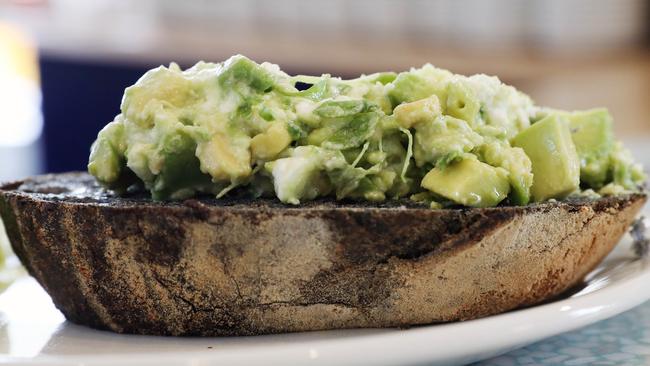
Real Estate Institute of Victoria vice president Adam Docking said the bizarre food fight had “summed up the decade”.
“People will always find a way to spend their disposable income and complain everything costs too much,” Mr Docking said.
But he was “concerned” many prospective buyers were falling victim to a “now” mentality that had been part of the debate. They risked long-term pain if they ignored a chance to buy what they could afford and instead fruitlessly pursued a dream suburb.
“At a time of low interest rates it’s better to buy any house than to try to buy somewhere you can’t afford,” Mr Docking said. “Home is where your family is. Not your postcode.”
MORE: Embattled George Calombaris lists Mornington Peninsula hideaway
Golfer’s dream home perched above 18th hole in Chirnside Park
Collins House: Australia’s skinniest skyscraper finished
Originally published as Monumental property stuff ups of the decade
